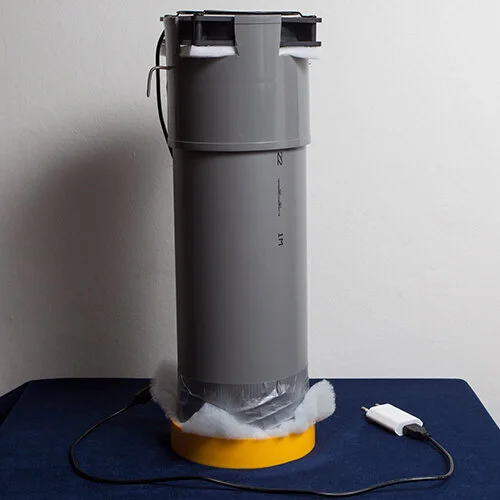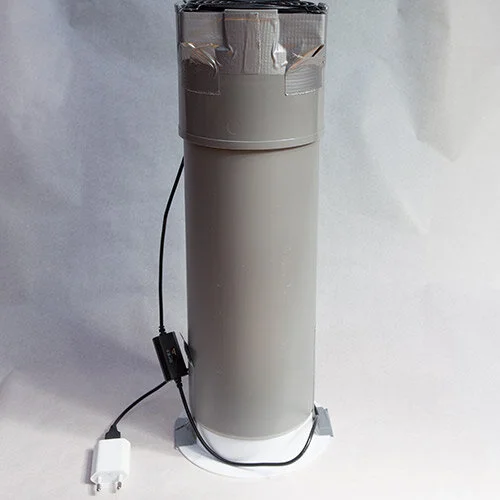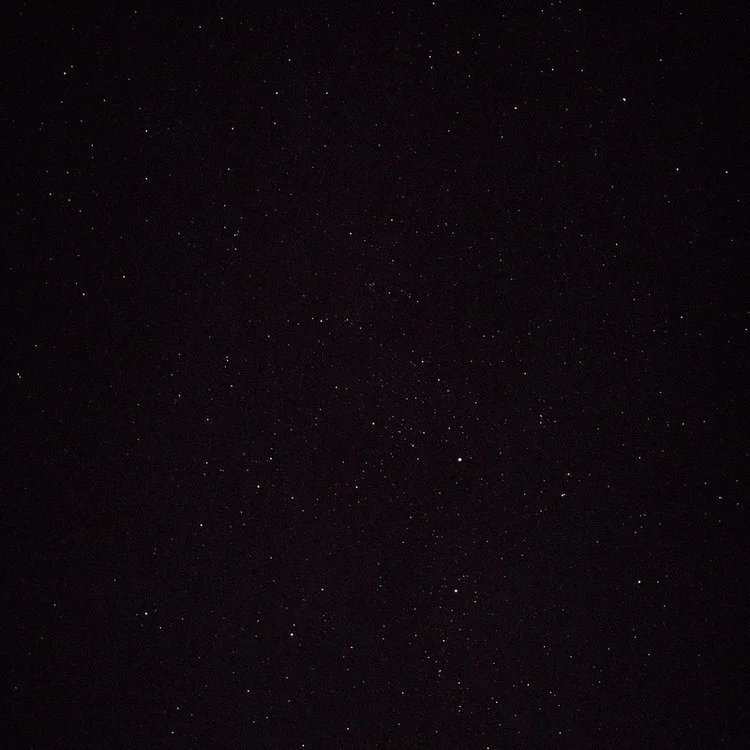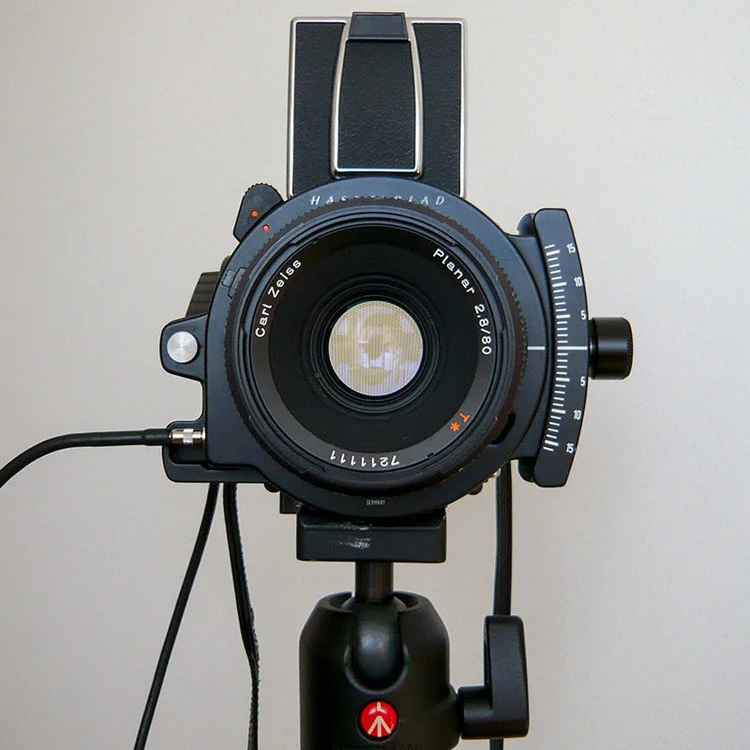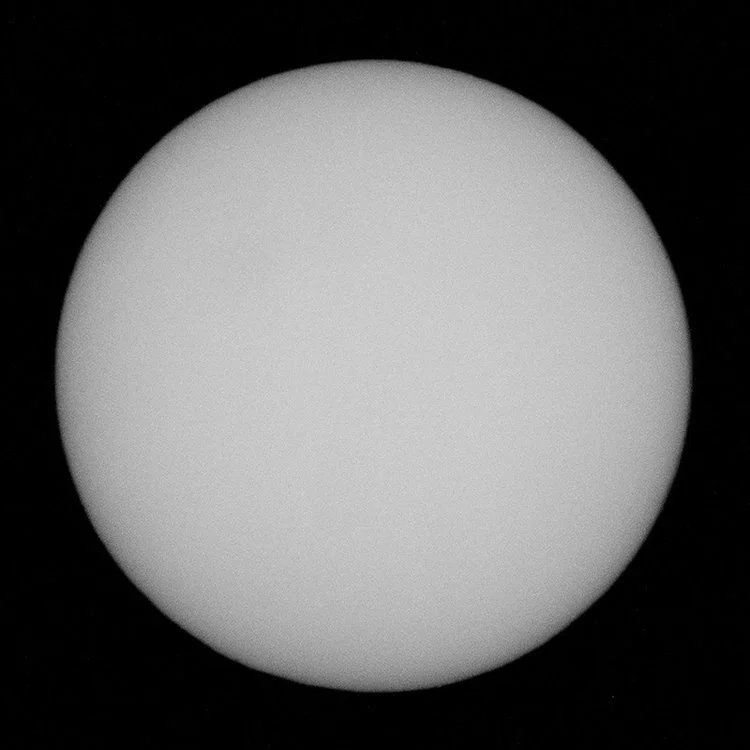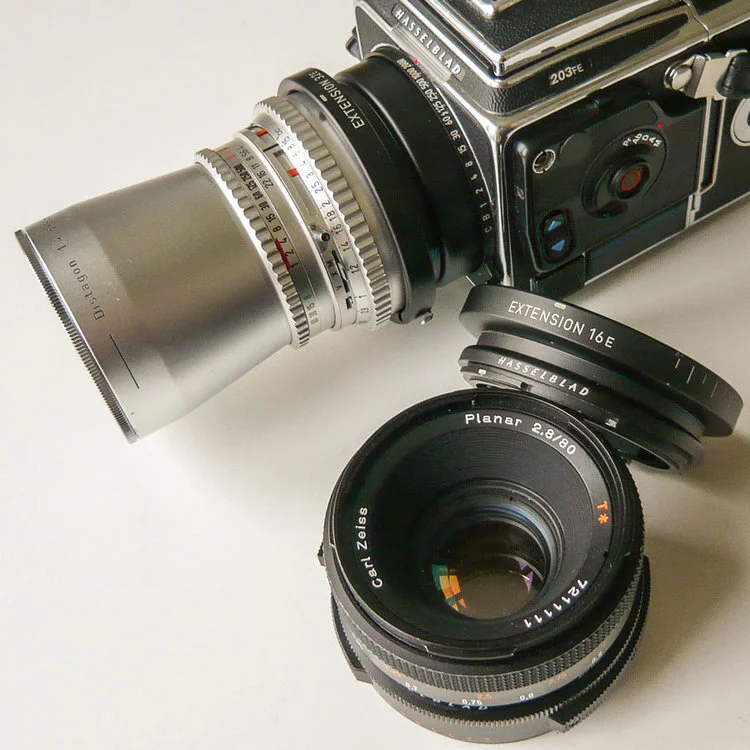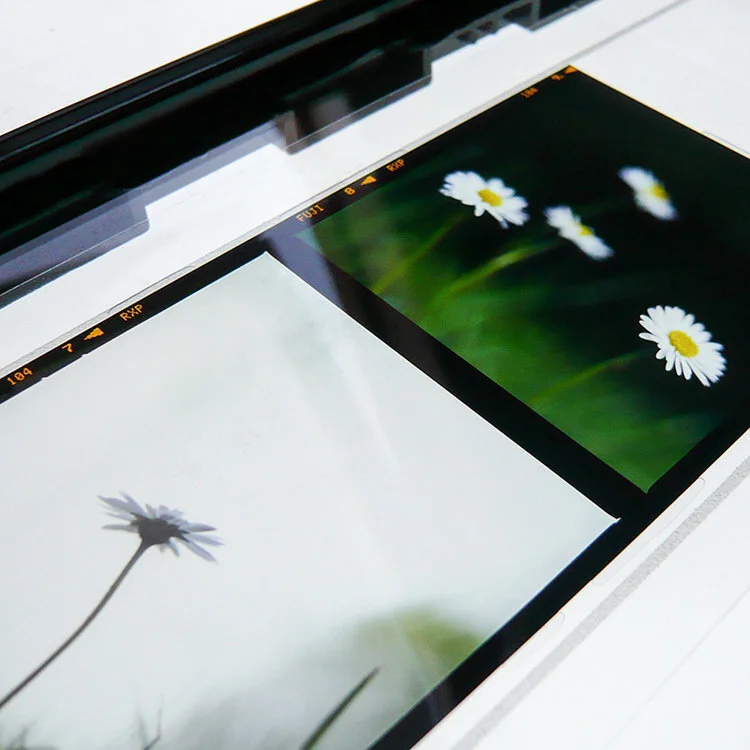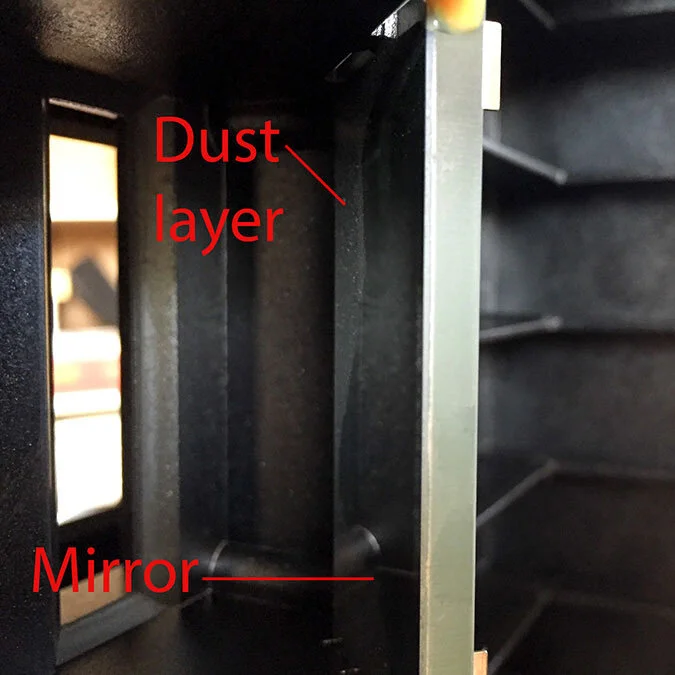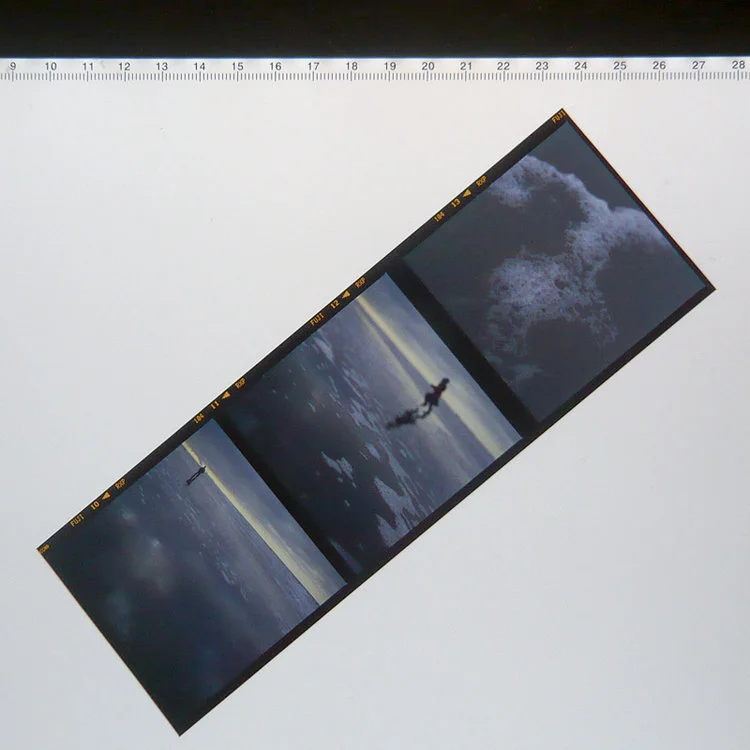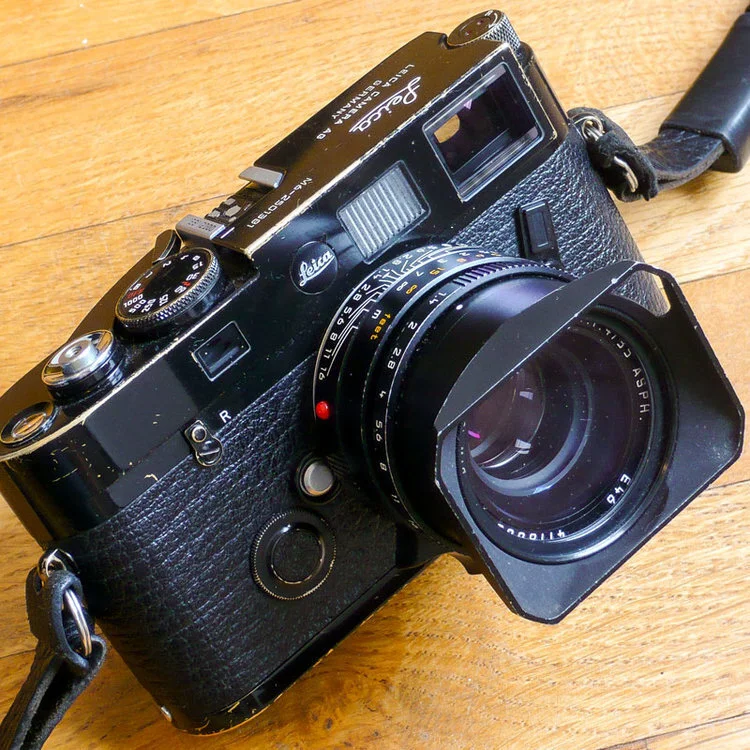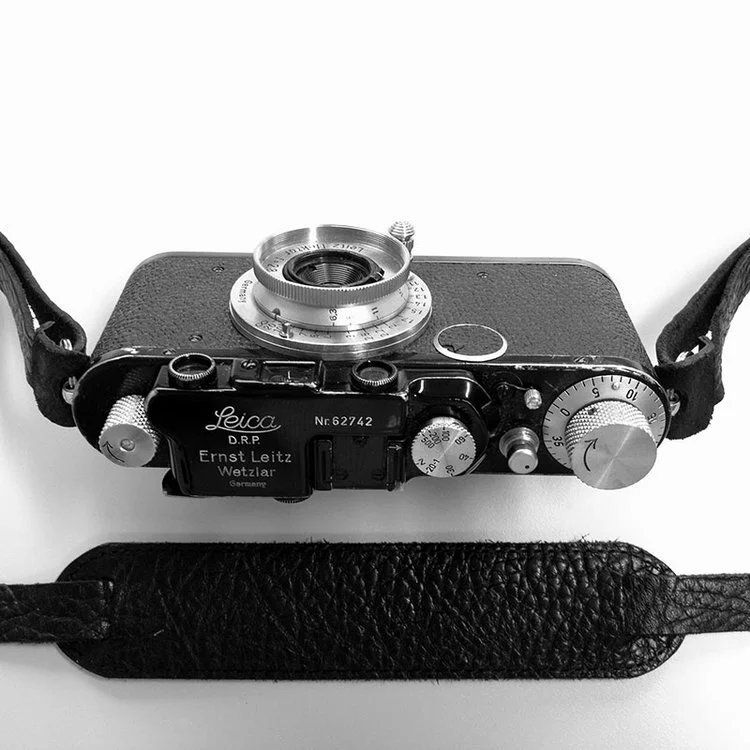7 April 2022 – Diafine is a two-bath black and white developer which works with lots of different films, is super easy to use and lasts forever. Or at least for 8 years. And counting. An in-depth guide.
28 April 2020 – International Pinhole Day inspired me to build my own pinhole camera from an Ilford film box. Pretty exciting stuff.
8 April 2020 – This is a step-by-step guide with explanations on how to develop black and white film using Kodak’s versatile developer HC-110. It is very easy to develop film at home and requires neither a lot of time nor a big investment. Most of all, it is fun.
8 Sep 2019 — Instagram is great for posting square photos, but if you shoot non-square formats, like 3:2 film or digital photos, then it is not so great because of the cropping that it inflicts on the pictures. This is a guide shows a simple workflow for posting non-square photos on Instagram, using iOS apps only, which respects the photos’ original aspect ratio.
5 Aug 2019 — This is version 2 of my film dryer, which I am happy to say works really well. Feel free to contact me with questions or suggestions or to share your own designs.
8 Jun 2019 — This is my first attempt at building a film dryer in order to combat dreaded drying marks and despicable dust spots on my home-developed film. It is easy and inexpensive to build. And it works very well, too.
25 Sep 2018 — I am mesmerised by stars, always have been. But why would anyone use film to photograph them? Here I show how I exposed the above photo and how I processed it post, including to remove those dreaded star trails.
20 Mar 2018 — The Hasselblad PC Mutar is a 1.4x teleconverter with 'perspective control' for the Hasselblad V system of single-lens reflex cameras. I have had this accessory for a few years now and use it regularly with my Hasselblad 203FE. There are many other cameras which offer greater control over perspective in an image, but for a package this small the PC Mutar is an extremely capable piece of kit.
18 Mar 2018 — This is the first in a series of articles describing how I have shot certain photographs. In this one I describe shooting the Sun through a filter made with Baader Planetarium Astro Solar Safety Film. Oh, and through not one, but two Hasselblad 2x extenders plus the PC Mutar for that extra bit of reach.
13 Jun 2017 — Extension tubes are the cheap man’s way to macro. Sure, there are some drawbacks as compared to dedicated macro lenses, but nothing beats them for bang for the buck simplicity and image results. This article describes the use of extension tubes in general, but with a particular focus on the Hasselblad V system.
9 Jun 2017 — This article describes my workflow from the point the film is mounted in the film holders for the Nikon Coolscan 9000 through to the final TIFF or JPEG. It describes using Vuescan, Photoshop, ColorPerfect and Adobe Camera Raw for scanning and processing scanned film. In a subsequent article I will describe my workflow with the Hasselblad Flextight X1 scanner.
20 Feb 2015 — The Nikon Coolscan 9000 is an amazing scanner with an image quality that rivals much more expensive scanners and still today, years after being discontinued, has not been bettered by current scanners in the same price range. But buying one means buying used, which in turn entails the risk of buying dust. Here are two suggestions to help anyone considering cleaning the mirror and lens on this scanner.
7 Mar 2014 — I am a big slide film fan ever since I began photographing in the 80s and typically go through a lot of it at any given opportunity. I always strive to have as simple and straightforward a workflow as possible across film types and for a long time used ColorPerfect as my go-to plugin. But I have concluded that ColorPerfect simply does not give great enough results when used with slide film. Here’s why.
2 Feb 2014 (rev. 4 Feb 2017) — The 35mm Summilux ASPH is a lens full of superlatives and a truly magnificent achievement by Peter Karbe and his team of lens wizards. Here are some notes on the performance and handling of this exceptional lens for the Leica M system, from someone who doesn’t even like the 35mm focal length very much.
29 Jun 2013 — Film vs digital is a heated debate which bears similarities to the strong feelings some photographers express regarding whether to card or not to card when loading a Leica Barnack camera. I’m firmly on the card side in that debate and in this short step-by-step guide (with a half-minute video) I will show how I load film my Leica II(D). It is a lot easier than one might think.
21 May 2012 — I don’t mind digital, but just don’t like to use it myself. That being said, I once owned a Leica Digilux 2 and put it through various tests to get a feel for this camera, which even today remains a capable camera due to the amazing lens that Leica decided to plonk onto it. This is a comparison of the camera’s RAW performance from EI25 to EI1600 using the camera’s rather limited ISO settings, ISO100-400.





